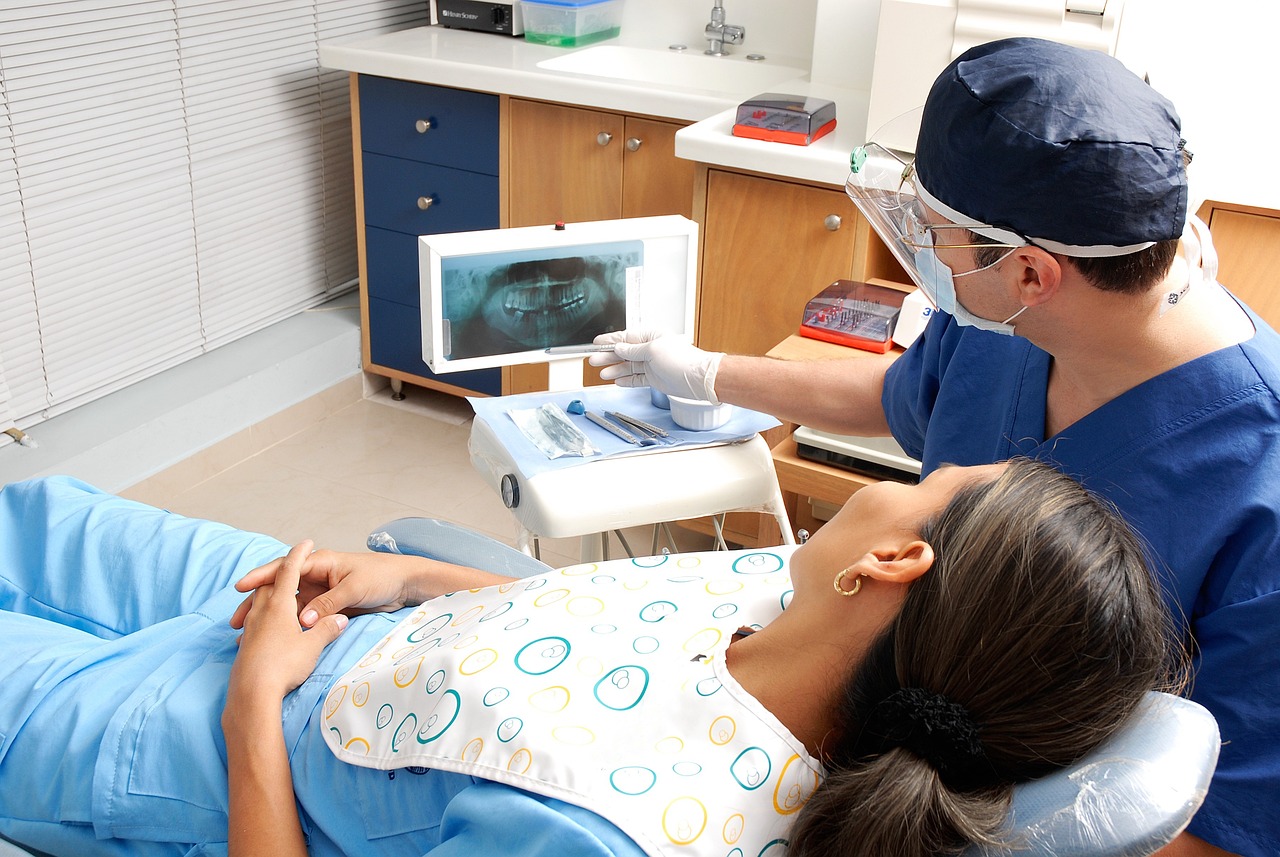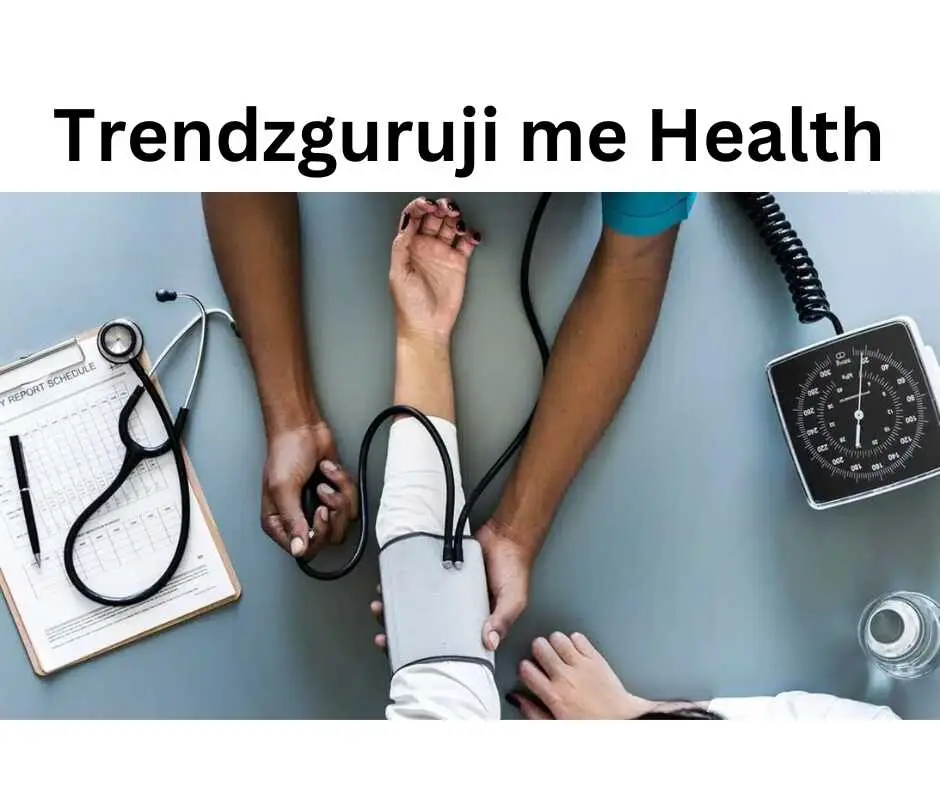Dental health often takes a backseat in our list of priorities, but taking care of our mouths is essential, as it can impact other areas of our physical and emotional health. Waiting too long to visit the dentist can lead to more severe and costly problems to treat, from infections and diseases to tooth loss. Recognizing when it’s time to go to the dentist can make the difference between maintaining good oral health and facing complications. Here, we present three key signs to help you know when it’s important to visit the dentist before it’s too late.
1. Persistent Tooth Pain or Sensitivity: An Alarm You Shouldn’t Ignore
Tooth pain is one of the most common reasons people visit the dentist, and for good reason. While many people try to ignore the pain hoping it will go away on its own, persistent tooth pain can be a sign of underlying, more serious issues. Sensitivity or pain that lasts more than a few days may be related to problems like deep cavities, infections, abscesses, or even severe enamel wear.
Persistent pain may indicate a cavity that has advanced to reach the pulp, the innermost and most sensitive part of the tooth where the nerves are located. When a cavity reaches this point, the only viable treatment is often a root canal, in which the tooth’s interior is cleaned and sealed to prevent future infections. If left untreated, the tooth can become infected, possibly requiring extraction and a costly replacement treatment, like a dental implant.
Additionally, dental sensitivity can signal enamel wear, the protective layer covering the tooth’s surface. Enamel erosion can be caused by habits such as excessive consumption of acidic drinks, grinding teeth, or using a toothbrush that’s too hard. When enamel wears down, the nerves are exposed, causing pain upon contact with hot, cold, or sugary foods. If you experience constant sensitivity, the problem is likely to worsen over time if left untreated. A dentist can offer solutions ranging from fluoride treatments to applying dental sealants to protect your teeth.
Lastly, persistent tooth pain may indicate an abscess, a bacterial infection in the root of the tooth or nearby gums. A dental abscess is not only extremely painful but can also pose a serious health risk if bacteria spread to other parts of the body. At the first sign of an abscess (such as swelling, sharp pain, or even fever), seeing a dentist is essential to prevent further consequences.
2. Gum Bleeding: A Symptom That Could Hide Serious Problems
Some people notice gum bleeding when brushing or flossing, but what many don’t realize is that this symptom can be a sign of developing periodontal diseases, such as gingivitis or periodontitis. While it may be tempting to ignore occasional bleeding, it’s essential to understand that healthy gums shouldn’t bleed easily. Gingivitis is a mild inflammation of the gums that, if left untreated, can progress to periodontitis, a much more severe condition.
Gingivitis is generally reversible with improved oral hygiene and professional care. However, if left untreated, the bacteria accumulating along the gumline can spread to the tissues supporting the tooth, leading to periodontitis. This advanced stage of periodontal disease involves the loss of bone and tissue around the teeth, which can lead to tooth mobility or, in severe cases, tooth loss.
In addition to tooth loss, periodontitis can have other repercussions on overall health. The bacteria responsible for this condition can enter the bloodstream and affect other organs, increasing the risk of cardiovascular disease, respiratory issues, and complications for those with diabetes. For this reason, gum bleeding should not be underestimated, especially if accompanied by other signs such as redness, swelling, bad breath, or gum sensitivity. A dentist can assess the condition of your gums and suggest appropriate treatment, which may include deep cleanings, antibacterial medication, and specific recommendations to improve your daily oral health routine.
If you notice frequent or persistent bleeding, seek professional help immediately. Preventive treatments and regular cleanings can slow down the progression of gingivitis and help prevent advanced periodontal diseases, which are difficult to treat and can negatively impact your quality of life.
3. Changes in Tooth Appearance or Alignment: A Sign of Structural Problems
In addition to pain and bleeding, changes in the appearance, position, or alignment of teeth are another important signal that should not be ignored. As we age, teeth can shift naturally due to factors like enamel wear, bone loss, and gum changes. However, these changes can also be caused by dental problems that need attention, such as advanced periodontal disease, bruxism (teeth grinding), or even tooth loss that leaves spaces and affects the bite.
One of the warning signs can be noticing that teeth appear longer or that gums are receding, exposing a greater portion of the tooth. This is known as gum recession and can be caused by gum disease, aggressive brushing, or bruxism. Gum recession not only affects aesthetics but also exposes the tooth roots, increasing the risk of cavities, sensitivity, and tooth loss.
Another change that should prompt a visit to the dentist is tooth shifting or loosening. Tooth mobility in adults is almost always a sign of advanced periodontal disease, as the loss of supporting tissue and bone around the teeth causes them to lose stability. Without adequate treatment, this condition can lead to the loss of multiple teeth and require extensive and costly restoration treatments, such as dentures or dental implants.
Finally, the presence of new gaps between teeth or changes in bite shape may be symptoms of bruxism, a condition in which people clench or grind their teeth, usually unconsciously or during sleep. Bruxism wears down teeth and puts pressure on supporting tissues, which can lead to fractures, gum recession, and even jaw pain. A dentist can detect signs of bruxism and recommend options to protect your teeth, such as mouthguards or stress management therapies.
It’s essential to observe any changes in the appearance of your teeth and gums, as this can prevent complications that affect both the functionality and aesthetics of your smile. Consulting a dentist in time can prevent extensive and costly interventions in the future.
4. The Role of Daily Oral Hygiene: A Vital Foundation to Prevent Emergency Dental Visits
While regular dental visits are essential for catching problems in their early stages, daily oral hygiene is the first line of defense against serious problems requiring professional attention. According to a report by the American Dental Association, plaque buildup and bacteria in the mouth are the leading causes of cavities, gingivitis, and periodontal diseases, all conditions that can be prevented with an adequate hygiene routine.
Brushing teeth at least twice a day and regularly using dental floss helps to remove plaque that forms daily. Plaque is a sticky film filled with bacteria that, if not consistently removed, hardens and becomes tartar, a substance that only a dental professional can remove. Tartar is especially damaging to the gums and teeth, as it fosters the development of periodontal diseases. The ADA also recommends using fluoride-based mouth rinses with antibacterial ingredients, which help maintain an environment less conducive to bacterial growth.
Additionally, following a balanced, low-sugar diet also plays a key role in dental health. Foods rich in sugars and starches are the primary contributors to cavity formation, as bacteria in the mouth feed on these sugars and produce acids that attack the tooth enamel. Incorporating foods like fruits, vegetables, and calcium-rich products can help strengthen teeth and improve gum health, as well as reduce the risk of severe dental problems that may require emergency dental visits.
5. The Importance of an Annual Checkup: An Exam That Can Save Your Teeth
To prevent minor problems from turning into emergencies, it’s recommended to visit the dentist at least once a year, although ideally, it should be every six months. During these visits, the dentist not only assesses the health of your teeth and gums but can also detect problems that have not yet shown visible symptoms. Conditions such as interdental cavities, small fractures, or early-stage periodontal diseases may not cause pain, but can progress rapidly if left untreated.
The annual dental exam can include X-rays, providing a more complete view of the dental structure and the condition of the jaw and supporting bones. X-rays can detect issues such as cysts, abscesses, or even wisdom teeth growing in incorrect positions, which could become complicated if left untreated. This evaluation also allows the dentist to observe signs of dental wear or alignment problems, providing an opportunity to address these issues before they cause pain or affect chewing function.
Regular visits may also include preventive treatments, such as the application of dental sealants in children and teenagers, which is particularly effective in preventing cavities. Recent studies show that dental sealants reduce cavity incidence by 80% on the chewing surfaces of molars, which are the most susceptible to problems. This preventive measure can significantly reduce the need for more invasive and costly treatments in the future.
6. Specific Risk Factors Requiring More Frequent Dental Monitoring
While most people benefit from annual or biannual checkups, some individuals need more frequent visits due to specific risk factors. These factors include pre-existing medical conditions, such as diabetes, which affects gum health, or osteoporosis, which impacts general bone health and can weaken the structures that support teeth. Diabetics, for instance, have a higher risk of developing oral infections and periodontal diseases, as the disease affects the body’s ability to fight infections.
Smokers should also see the dentist more frequently, as tobacco weakens the gums and reduces the mouth’s healing capacity, increasing the risk of developing serious oral health problems. Additionally, excessive alcohol consumption and certain medications can reduce saliva production, increasing the risk of cavities and mouth infections. Saliva is vital as it helps to clean food particles and neutralize acids produced by bacteria. Reduced saliva flow, known as xerostomia or dry mouth, can make teeth more vulnerable to cavities.
Identifying risk factors early also allows dentists to offer personalized recommendations on specific products, such as high-fluoride toothpaste or antibacterial rinses, which can be very helpful for those more predisposed to dental problems. Professional follow-up in these cases not only allows early problem detection but also contributes to a suitable preventive plan, reducing the risk of more complex issues in the future.
These additional sections complement the central idea that prevention and constant monitoring of oral health, along with regular visits and attention to specific risk factors, are essential to avoiding serious dental problems. By identifying and addressing early signs, such as pain or bleeding, and adopting a proper hygiene routine, it is possible to maintain a healthy smile and prevent costly, complex treatments.
In Essence, The Importance of Prevention and Regular Visits to the Dentist
Recognizing the warning signs we have mentioned is crucial for maintaining long-term oral health, according to the dentist experts at Dentistas Donostia. Persistent pain, gum bleeding, and changes in the appearance of teeth are symptoms that indicate it’s time to seek professional help. Although these problems may seem minor at times, or as though they will resolve on their own, the truth is that without proper treatment, they can lead to serious complications that affect not only oral health but also general well-being.
Remember that prevention is key: visiting the dentist regularly for cleanings and checkups allows for early detection of problems when they are easier and less expensive to treat. Oral care should not be postponed, as dental issues can deeply affect quality of life. Staying alert to warning signs and seeking professional help in time is the best strategy to prevent oral health problems from becoming more serious.
Also read: Full Body Checkup Near Me




